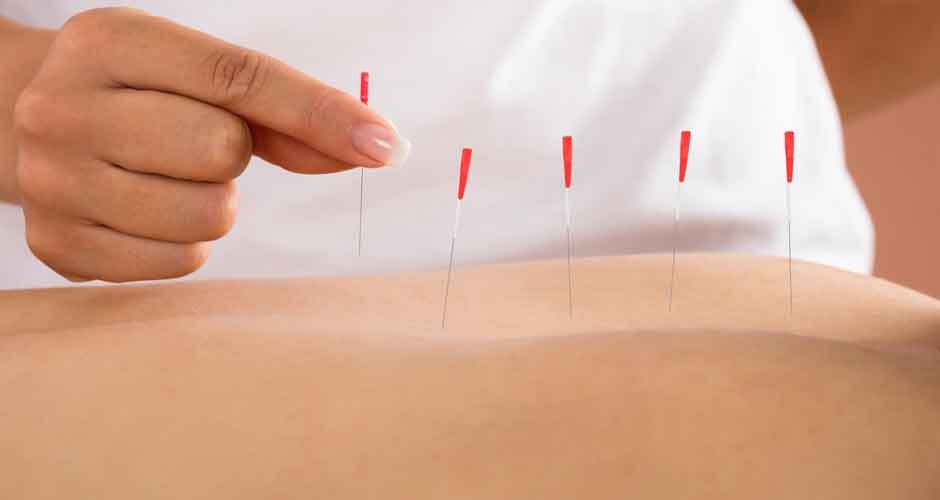In medical centre physical therapy and pain management, innovative techniques continually emerge to provide effective relief and restore optimal function. One such method that has gained recognition in recent years is Functional Dry Needling (FDN). You’ve come to the right place if you’re curious about this approach or have questions regarding its application and benefits. Frequently Asked Questions (FAQs) about Functional Dry Needling, shedding light on what you need to know about this cutting-edge therapy. So, let’s embark on a journey of discovery and explore the world of Functional Dry Needling.
What is Functional Dry Needling?
Functional Dry Needling (FDN) is a specialized physical therapy technique designed to treat a variety of musculoskeletal and neuromuscular conditions. While it involves using thin, sterile needles similar to those used in acupuncture, the two therapies differ significantly in their goals and methods.
Unlike acupuncture, which focuses on balancing energy flow through the body’s meridians, Functional Dry Needling targets trigger points or knots in muscles, fascia, and connective tissues. Therapists aim to release tension, reduce pain, and restore normal function by inserting the needles into these points.
How Does Functional Dry Needling Work?
Functional Dry Needling works by inserting fine needles directly into trigger points within the muscles and soft tissues. These trigger points are often areas of tightness or muscle knots that can cause pain, restrict movement, or refer pain to other body parts. The insertion of the needle triggers a therapeutic response, including:
- Muscle Relaxation: The needle stimulates the release of muscle tension, allowing the muscle to relax and lengthen.
- Increased Blood Flow: Inserting the needle promotes increased blood flow to the area, facilitating the delivery of oxygen and nutrients to the tissues.
- Pain Reduction: By targeting trigger points, Functional Dry Needling can help reduce pain and discomfort associated with muscle tightness and spasms.
- Improved Range of Motion: The relaxation of the treated muscles often leads to improved joint mobility and range of motion.
Is Functional Dry Needling Painful?
The sensation experienced during Functional Dry Needling can vary from person to person. Some individuals report minimal discomfort, while others may feel a brief, sharp sensation followed by a deep ache or muscle twitch. However, the discomfort is typically brief and well-tolerated. The needles used in FDN are extremely thin, minimizing any pain associated with the procedure.
Additionally, the discomfort is often outweighed by the relief and improved function that patients experience after the treatment.
What Conditions Can Functional Dry Needling Treat?
Functional Dry Needling is a versatile technique that can be used to address various musculoskeletal and neuromuscular conditions. Some common conditions treated with FDN include:
- Muscle Strains and Sprains: FDN can help relieve muscle tightness and pain associated with strains and sprains.
- Tension Headaches: By targeting trigger points in the neck and shoulder muscles, FDN can provide relief from tension headaches.
- Chronic Pain: FDN effectively manages chronic conditions like fibromyalgia and myofascial pain syndrome.
- Joint Pain: It can be used to complement treatment for joint conditions like osteoarthritis or tendinitis.
- Sports Injuries: Athletes often turn to FDN for the treatment of sports-related injuries like tennis elbow or runner’s knee.
- Post-Surgery Recovery: FDN can aid post-surgery recovery by reducing pain and improving tissue healing.
- Back and Neck Pain: Patients with chronic back or neck pain can benefit from FDN to alleviate discomfort and improve mobility.
Is Functional Dry Needling Safe?
Functional Dry Needling is generally considered safe when performed by a licensed and trained therapist. The use of sterile, single-use needles minimizes the risk of infection. However, seeking treatment from a qualified and experienced practitioner is essential to ensure safety and effectiveness.
Before undergoing Functional Dry Needling, your therapist will thoroughly assess your medical history and discuss potential risks or concerns. It’s important to communicate any medical conditions or allergies you may have to ensure a safe and tailored treatment plan.
How Long Does a Functional Dry Needling Session Take?
The duration of a Functional Dry Needling session can vary depending on the specific condition being treated and the number of trigger points targeted. Typically, a session may last anywhere from 15 to 30 minutes. Your therapist will develop a treatment plan tailored to your needs, which may include multiple sessions scheduled over a period of time for optimal results.
What Can I Expect After a Functional Dry Needling Session?
After a Functional Dry Needling session, it’s common to experience some post-treatment soreness or mild discomfort, similar to the sensation after an intense workout. This discomfort usually subsides within a day or two. Patients often report feeling immediate relief from pain and improved mobility following their first session. To maximize the benefits of FDN, following any post-treatment instructions provided by your therapist, which may include stretches or exercises, is essential.
Conclusion
Functional Dry Needling is a valuable addition to the field of physical therapy, offering effective relief for a wide range of musculoskeletal and neuromuscular conditions. If you’re in Houston and seeking expert care in Functional Dry Needling, visit them. Their team of skilled therapists is dedicated to providing personalised treatment plans tailored to your unique needs and goals.






